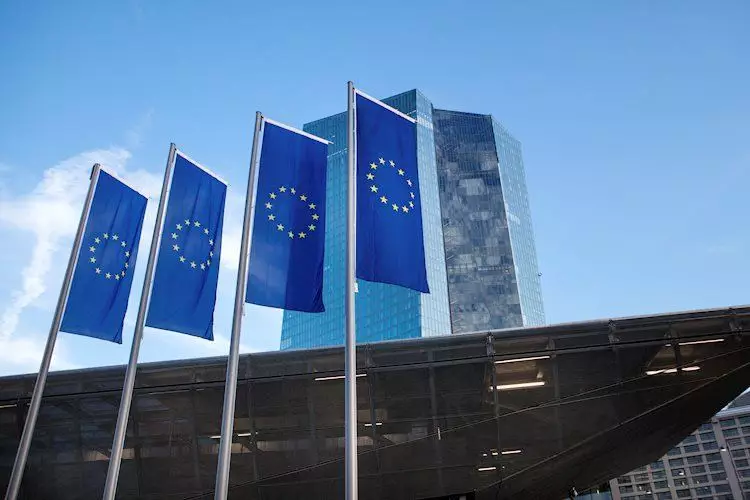The European Central Bank (ECB) is a cornerstone of monetary policy in the Eurozone, tasked primarily with maintaining price stability. Recent comments from the ECB’s Vice President, Luis de Guindos, highlight the central bank’s efforts and challenges in managing the current inflationary pressures that have marked the economic landscape in Europe. Although there are signs of progress in reducing inflation, Guindos emphasizes a cautious approach, underscoring that the ECB cannot yet declare victory over inflation.
Guindos articulated that while inflation appears to be on a downward trajectory, with expectations of returning to the ECB’s target level next year, domestic inflation rates remain elevated. The risks surrounding Europe’s economic growth are palpable, with a notable tilt towards the downside. The complexity of the inflation outlook is amplified by various factors including geopolitical tensions, energy prices, and supply chain disruptions, all of which compound the challenges faced by policymakers.
This cautious narrative is critical. The inevitability of inflation fluctuations implies that the ECB’s battle is far from over. Guindos’ assertions reflect broader economic realities where the interplay of domestic measures and external shocks could derail stability. The economic environment calls for vigilant monitoring; hence, despite any progress, the ECB must remain active and adaptive.
To combat inflation effectively, the ECB possesses several monetary policy tools at its disposal. The primary instrument remains the adjustment of interest rates, which influences liquidity in the economy. A hike in rates typically strengthens the Euro but could stifle growth by making borrowing costlier for businesses and consumers. Conversely, lowering rates can stimulate economic activity, albeit often at the risk of fueling inflation further.
Moreover, the ECB has previously invoked strategies such as Quantitative Easing (QE) and Quantitative Tightening (QT) during varying economic circumstances. QE involves the ECB purchasing bonds to inject liquidity into the economy, thereby lowering interest rates and increasing spending capacity. However, such measures can lead to depreciating currency value, raising a red flag for long-term economic stability. In contrast, QT reverses QE’s effects, tightening the money supply as recovery unfolds, contributing positively to currency strength.
Looking ahead, the balance between fostering economic recovery and controlling inflation will be a delicate one for the ECB. The Governing Council, comprising heads of national banks and key members including President Christine Lagarde, meets consistently to navigate this pathway. With elevated risks to growth, careful deliberation is paramount in crafting a monetary policy that cultivates stability without overshadowing recovery efforts.
While the ECB has made notable strides toward managing inflation, the road ahead remains fraught with uncertainties. As such, the ECB must leverage its tools judiciously, embracing flexibility and responsiveness to the shifting economic dynamics in order to safeguard the Eurozone’s economic health. The triumph over inflation will not be a single victory but an ongoing commitment to vigilance and adaptation in an ever-evolving economic landscape.

